
Weaving Mentor Sentences into Your Writing Workshop: Persuasive Writing
Persuasive writing is arguably one of the toughest writing genres to teach. One of the most effective ways to teach this skill is through the

Persuasive writing is arguably one of the toughest writing genres to teach. One of the most effective ways to teach this skill is through the
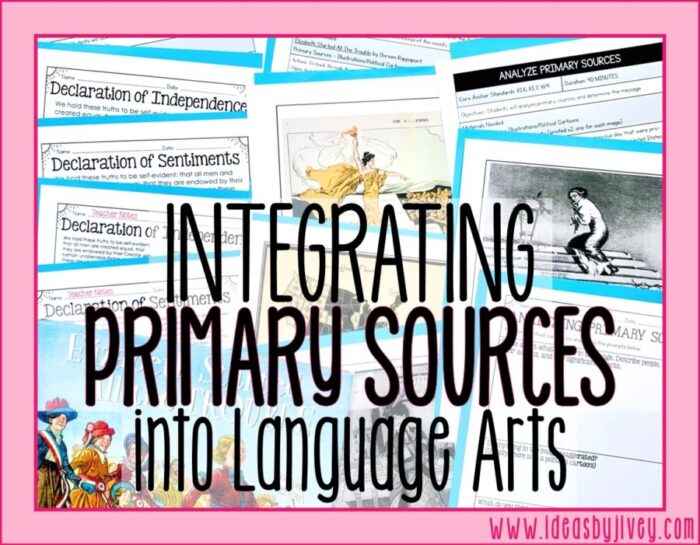
Although primary sources are most associated with teaching social studies, integrating them into language arts lessons will help students develop a deeper understanding of the
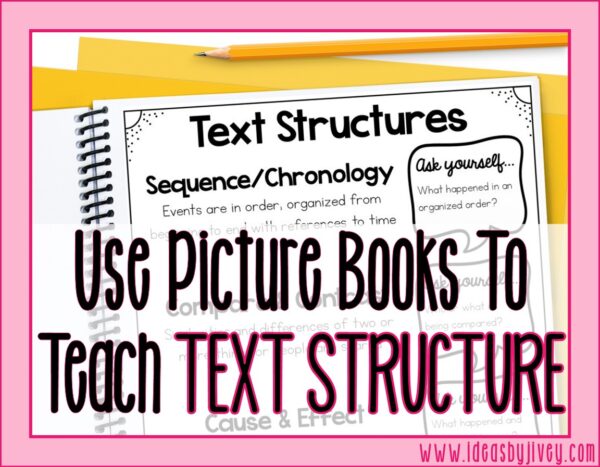
Text structure is the way authors organize expository information for a specific purpose. Aside from the fact that it’s a required reading standard, it’s important
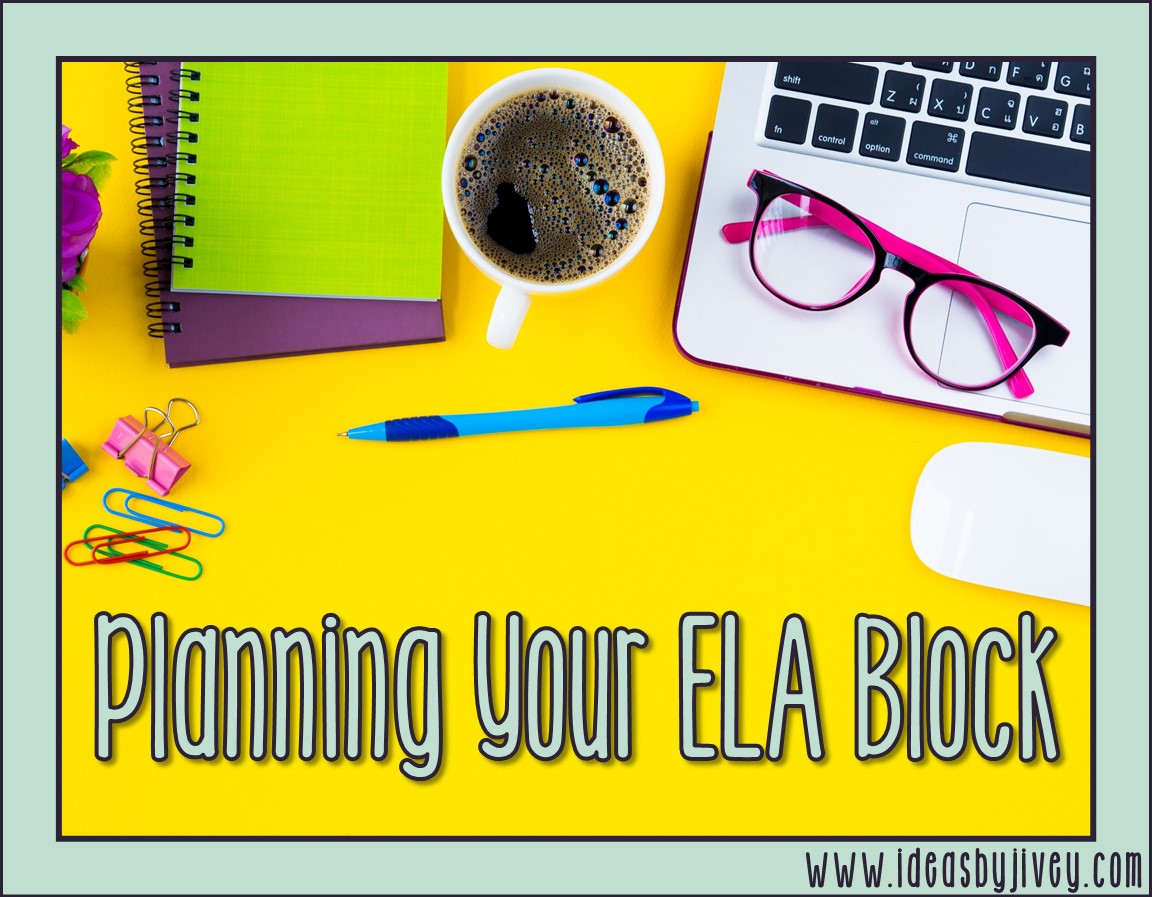
A question I’m commonly asked by upper elementary teachers in regards to using mentor texts is just how to plan a schedule that can fit
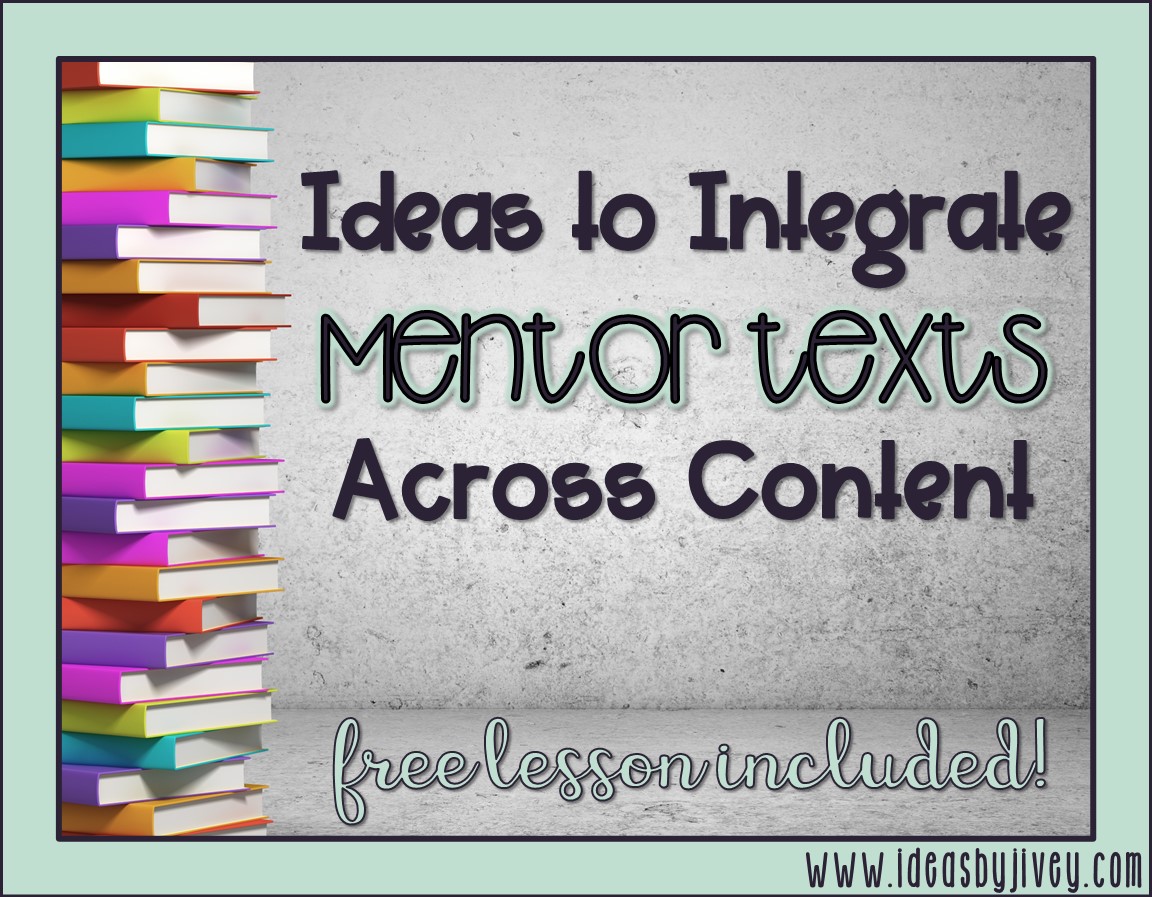
Teachers know that using literature is the perfect way to introduce a lesson, but starting EVERY lesson with a new book would make it impossible
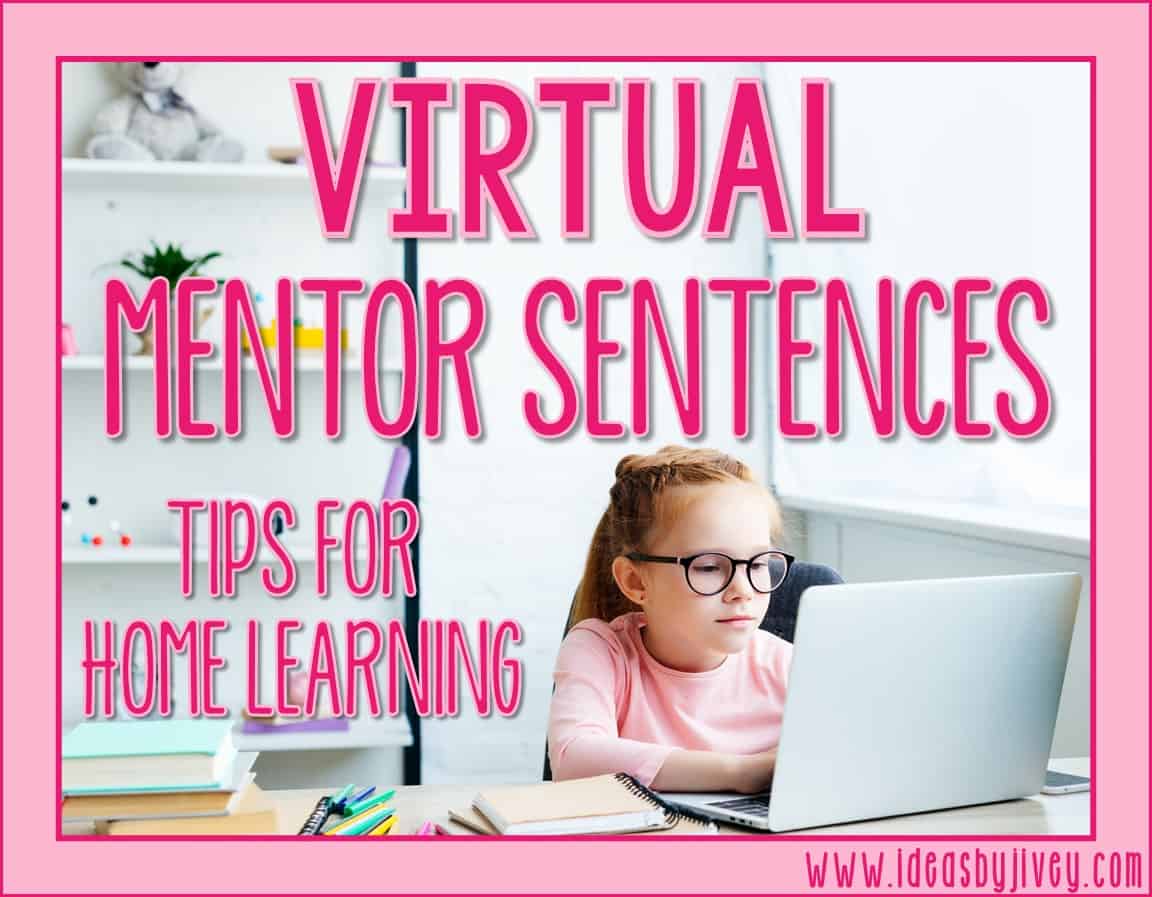
As teaching has shifted to a digital classroom setting, so has the WAY teachers deliver instruction. Mentor sentence lessons are something I have always been